
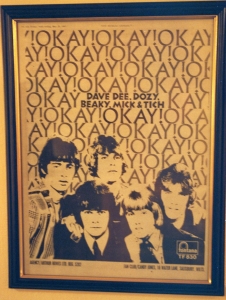
After this plus all the publicity that had followed their Golden Otto award they started to perform in bigger
and bigger halls, around England, Germany, Australia etc - though sometimes fondly recalling the memories
of the old club times.
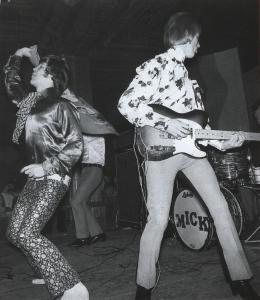
Back in the studio they embarked on a series of utterly unique, complex and ambitious songs, cleverly written
by Howard & Blaikley again. They had more influence on the sound arrangements now, so they started to
augment the basic personnel with string and horn sections, brass bands and sound effects. Their
acoustic daringness knew no limits -
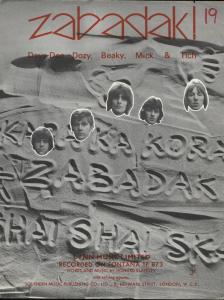
Nevertheless the lush tropical sound combined with multiple vocal layers (with members from the Herd and
Family Dogg in the chorus) made the song very popular - The band's second winning streak commenced with
it in Autumn 67 when the single shot to #6 in Germany and even #3 in UK.
Even in the USA it became their only minor "hit", staying in the charts for 6 weeks, hitting #52 -
finally some moderate success there.
The flipside was a stunning psychedelic piece written by Dave, Dozy and Beaky once more, with Gregorian chants punctuated with wah wah. Dave Dee regarding their own songs: "Between pop and heavy metal at that time there was this style called psychedelic music - some of our songs were of that type. At the time we felt that the band was able to do more, even if those mega hits were interesting and made fun. But to get our songs on A-sides was out of the question."
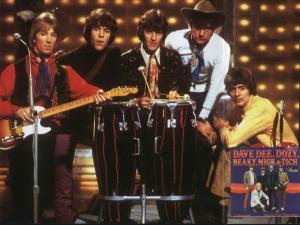
Dave regarding the recording sessions: "We were a bit na´ve though and did not realize the power of the band. We recorded all songs in 3-hour sessions. Two and a half hours were spent on the A-side so that only half an hour was left for our flipside."
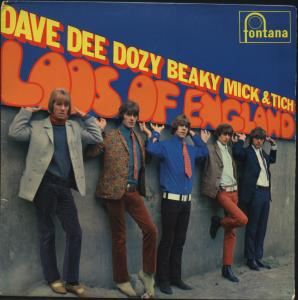
Autumn '67 saw an interesting music happening in Germany: After his regular gig Jimi Hendrix was jamming around in a Frankfurt nightclub - and was actually joined by Dave Dee & Beaky on stage! Beaky was on drums and Dave on vocals, Noel Redding - the actual bass player was on lead guitar - with Jimi Hendrix playing bass - right handed! Some piece of rock history!
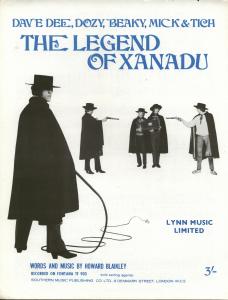
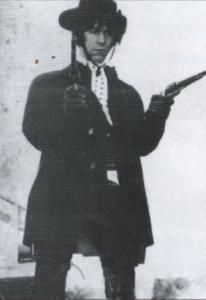
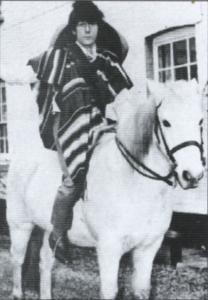
 The whip noises were - and still are today - the hallmark of the song. They were created with a complicated
technique: they used a pedal steel guitar, with a metal bar zooming down one string very fast, producing that
typical whack-sound (similar to what Tich is still doing live with a bottle-neck on his guitar, just the other way
around) and then just before that bit of sound they added two wooden blocks clapped together. This was
mixed together with a lot of echo and then reversed onto a quarter inch reel - this then was spun into the
recording during each chorus - something like today's sampling techniques. But in fact each whip sound is
unique because it had to be put in manually during the whole recording!
The whip noises were - and still are today - the hallmark of the song. They were created with a complicated
technique: they used a pedal steel guitar, with a metal bar zooming down one string very fast, producing that
typical whack-sound (similar to what Tich is still doing live with a bottle-neck on his guitar, just the other way
around) and then just before that bit of sound they added two wooden blocks clapped together. This was
mixed together with a lot of echo and then reversed onto a quarter inch reel - this then was spun into the
recording during each chorus - something like today's sampling techniques. But in fact each whip sound is
unique because it had to be put in manually during the whole recording!
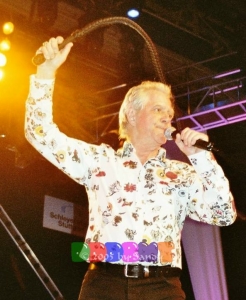 But what were those complex technical details in comparison to Dave actually cracking a bullwhip on stage!
The audience still flips over this feature at every show, even up to now - just Dozy might look back to it in
pain - during rehearsals for a show of "Top of the pops" Dave actually hit him!
But what were those complex technical details in comparison to Dave actually cracking a bullwhip on stage!
The audience still flips over this feature at every show, even up to now - just Dozy might look back to it in
pain - during rehearsals for a show of "Top of the pops" Dave actually hit him!
The hit was followed by a 26-show-tour through Great Britain - alongside the Bee Gees, and with a great
prestige-gig in London's Royal Albert Hall. By now their record promotion and live shows depended more on
costume and drama than all the comic capers of the former years.
Some might say that it was a problem that many elements of the records were more or less un-reproducible
live on stage - frustrating? No - Tich: "Today when you have a hit-record with
string arrangements you simply put a keyboarder on stage. In the 60s people had the songs in their minds
when they saw you live - you would perform it live only with three or four guys instead of the 60-piece
Orchestra of the studio - and they did the rest with their imagination".
In May '68 their 3rd studio album "If No One Sang" was released. It took its wistful name from
a composition that had been divided into two parts enclosing the other songs on the album. Actually, a poetic
letter from a music-loving fan had inspired the lyrics of this ballad!
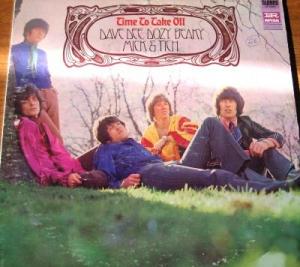 On the album, even Dozy featured twice on lead vocals: "Mama Mama" and "Where From,
Where To", a very strong song from Howard & Blaikley. It also contained a group composition
again: a fun-song called "Mrs. Thursday" - and finally here one of their old times stage favourites
found its way onto vinyl: "If I Were A Carpenter".
In the USA the album was released as "Time To Take Off" - after the
track that was penned by Albert Hammond. But whatever its title it turned out their strongest album ever!
An absolutely high quality mix of songs, mostly written by Howard & Blaikley. In Germany it rose to #10
in the LP charts. Interestingly, in the USA the only single with an A-side that was actually not written by
Howard & Blaikley was released: "Breakout" by Illingworth/March.
On the album, even Dozy featured twice on lead vocals: "Mama Mama" and "Where From,
Where To", a very strong song from Howard & Blaikley. It also contained a group composition
again: a fun-song called "Mrs. Thursday" - and finally here one of their old times stage favourites
found its way onto vinyl: "If I Were A Carpenter".
In the USA the album was released as "Time To Take Off" - after the
track that was penned by Albert Hammond. But whatever its title it turned out their strongest album ever!
An absolutely high quality mix of songs, mostly written by Howard & Blaikley. In Germany it rose to #10
in the LP charts. Interestingly, in the USA the only single with an A-side that was actually not written by
Howard & Blaikley was released: "Breakout" by Illingworth/March.
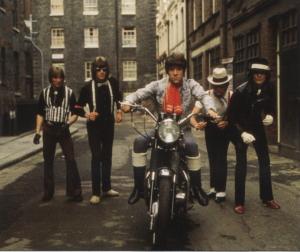
By this time they were gradually gaining more recognition among the progressive rock scene. And in late September they went off to a 4-day concert in Vienna with soul and R&B-stars like Ray Charles and the Supremes. They also recorded an EP with those: A promo-song for Coca-cola: "Things Go Better..." The EP was a limited promo release and is still regarded a rare treasure. On the flipside is an amusing additional song from the Dozies: "I'll Love You".
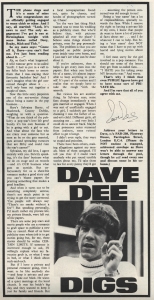
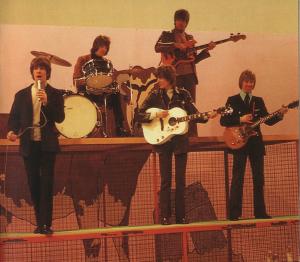
Although Xanadu, Soho and now Antoinette were Rowland's most elaborate and dramatic productions, the boys were becoming dissatisfied - the main sound of the band had been lost, hard drumbeats were replaced by more and more harmony-oriented chorus parts and the low chart position of this last single was a sure sign that interest in this essentially hit-single-oriented band was beginning to decline.
Read more about the band┤s development during |
||||
| 1950s - 1964 | 1965 - 1966 | 1969 - 1978 | 1979 - 1989 | 1990 - today |
[Last update of this page: 30-Apr-07]